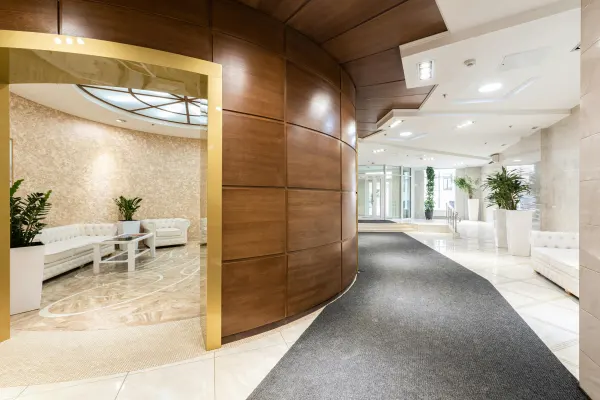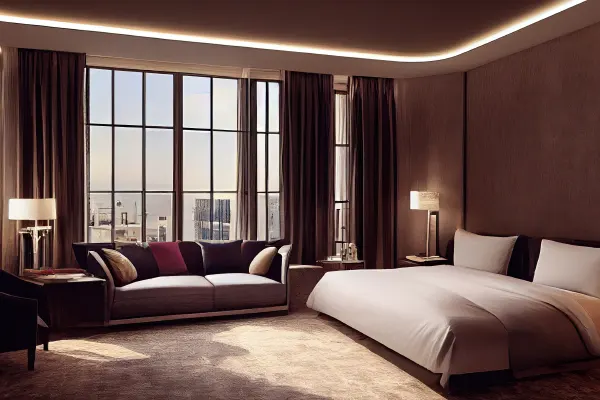Learn from leading architects as they share their insights and strategies for designing captivating lighting schemes. Discover how lighting can enhance architectural features, create focal points, and evoke desired emotions within a space.
Tip 1: Understanding Architectural Contex
Emphasize the importance of considering the architectural context and spatial characteristics when designing lighting schemes, including ceiling height, room dimensions, and architectural features. Provide examples of how lighting can be tailored to complement different architectural styles, from modern minimalist interiors to historic landmarks.
Tip 2: Layered Lighting Approach
Advocate for a layered lighting approach that combines ambient, task, and accent lighting to create depth, dimension, and visual interest within a space. Offer guidelines for balancing different light sources and fixtures to achieve optimal illumination and flexibility for various activities and moods.

Tip 3: Embracing Natural Light
Stress the benefits of incorporating natural light into architectural designs, including daylighting strategies, fenestration placement, and sun shading techniques. Discuss the role of natural light in promoting occupant comfort, energy efficiency, and connection to the outdoors, while also mitigating the need for artificial lighting during daylight hours.
Tip 4: Integrating Smart Lighting Controls
Highlight the advantages of integrating smart lighting controls and automation systems into architectural projects, such as energy savings, user convenience, and adaptability to changing needs. Provide recommendations for selecting smart lighting products and implementing intuitive control interfaces that enhance user experience and efficiency.Tip 5: Collaboration and Iteratio
Tip 5: Collaboration and Iteration
Stress the importance of collaboration between architects, lighting designers, and other stakeholders throughout the design process, from conceptualization to implementation. Encourage iterative design iterations and mock-up testing to fine-tune lighting solutions and ensure alignment with project goals, budget constraints, and user preferences.



